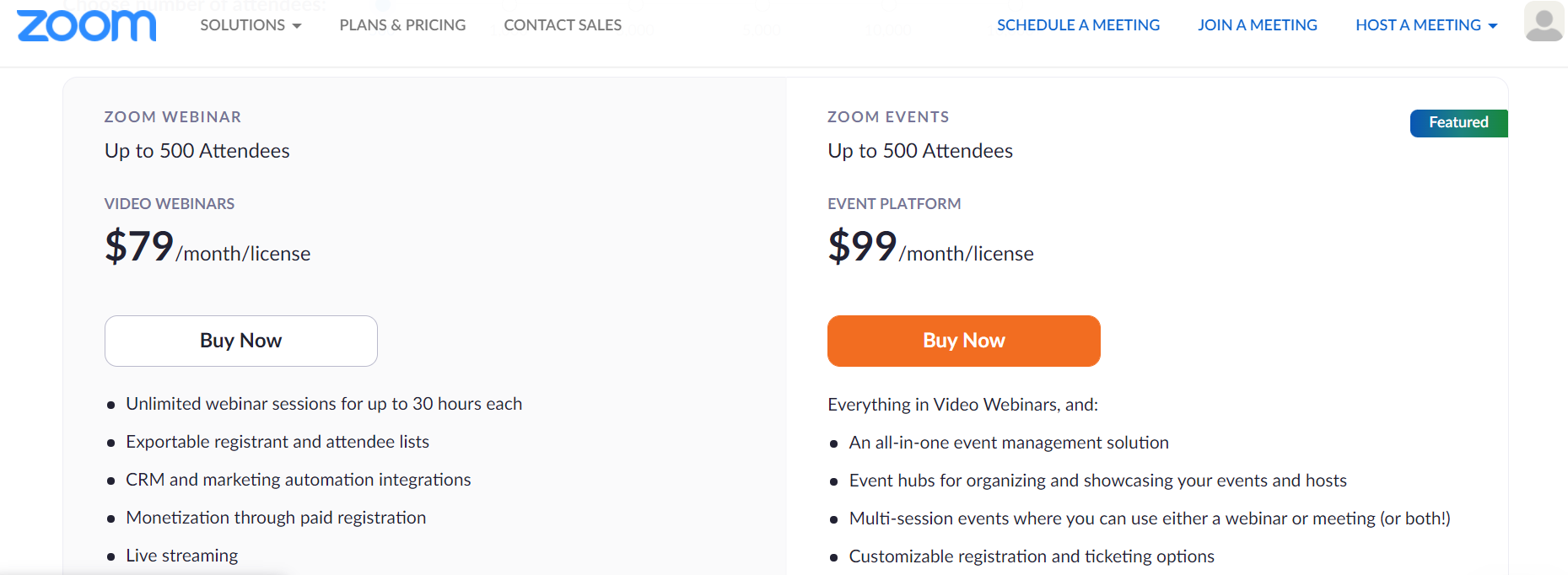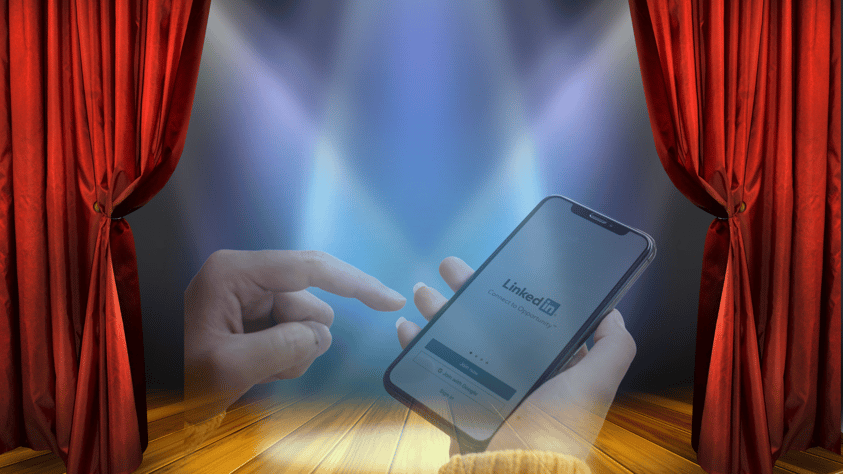Imagine a hierarchy of content marketing efforts (in terms of how much time and resources are needed to create). Personally, I'd rank blog and social media posts toward the bottom, eBooks and white papers in the middle, and then webinars or in-person events at the very top. And, since in-person events have greatly decreased, webinars are now the granddaddy of all content marketing initiatives.
Because of this, companies often spend months prepping for a webinar. They'll buy expensive webinar software licenses. Pour a good chunk of money into promoting the event, sometimes 6-8 weeks beforehand.
All of this "before the event/pregame" pressure is a nightmare for the marketing person/team in charge of the webinar. The night before, they get 2 hours of sleep. Day of, they go through an entire container of Tums asking themselves: What if there's a connection issue? What if our guest is late? What if a heated argument breaks out in the chat room?
Or: What if we do all this work, it's our only major lead generation initiative for an entire quarter, and then only 12 people show up? Will I still have a job?
Postgame vs. Pregame - A New Perspective
We wanted to test something out in our recent webinar with Josh Fosburg, Vice President of Enterprise Sales at WordPress VIP. Instead of dedicating an entire quarter to the "webinar pregame," we decided, "What if we only took a week? What would happen? And could we do this for under $100?"
The Result? We ended up with 20 percent more attendees than usual, used webinar software that cost less than $100 per month, and created 2-3 weeks of content marketing to use in our "postgame" promotion.
Promoting the Event
When promoting our other three webinars in 2021, we noticed that 70-80 percent of attendees would sign up with less than 5 days until the event. Didn't matter if we started promoting 3-4 weeks before, always the same thing.
When we switched to our "launch a webinar in a week" test, we didn't see a dip in registrations or attendees, we actually saw 20 percent more!
Now, to be fair, it's not an exact science. Maybe this particular topic (VP of Sales guide for building a BDR/SDR Team) and this guest was naturally going to bring in a larger crowd. Totally possible. But we still came to these two conclusions:
- Audiences don't plan that far in advance to join a webinar. The closer it gets to the date, the higher the urgency is to sign up.
- We used the same email marketing and LinkedIn promotion strategies as our other webinars, all we changed was doing this for one week instead of 3-4 weeks, and this did not hurt our registration or attendance numbers. Our numbers actually went up!
Cost of the Event
Webinar software can be really expensive. We decided to go with Zoom's webinar option. As you can see below, it ends up being less than $100 a month for up to 500 attendees (if you're getting more than 500 attendees on a webinar, that's incredible. We'll immediately turn the keyboard over to you for a guest blog post!)

Joining a Zoom webinar vs. a regular Zoom meeting are pretty much the same experience. We've all had 1+ year of practice joining Zoom calls so this was a very user-friendly experience for our panel and the audience.
Fail-proofing your webinar
Let's imagine some worst case scenarios (find that Tums container!). Let's say 0 people show up for the event. Or you experience connection issues that disrupt chunks of the webinar. What happens then?
By only dedicating a week vs. 1-3 months, it's not the end of the world. You can move on to the next thing on your marketing to-do list and not feel like a quarter of the year went up in flames.
Connection issues? Again, not the end of the world. Our connection was fine, but afterward was picked out 9 segments to turn into smaller 2-5 minute videos. So, even if there were glitches, we would've simply edited around it. We then took those 9 videos and shared them on LinkedIn over the course of 2-3 weeks. We also used the videos in a recap blog (9 Best Practices from VP of Sales Josh Fosburg). We ended up turning one webinar into 20 pieces of content!
Everything worked out fine on our webinar but, even if it didn't, we would've still been okay repurposing the event in all our postgame efforts.
LinkedIn is Your Main Stage

Landing 500 attendees for a webinar is a herculean marketing feat.
But having 500 people see shorter videos or a recap blog from the event in their LinkedIn feed? Totally doable. And that's even without doing promoted posts.
There's a lot of webinars out there. Calendars are full. People are busy. Because of this, we believe the normal webinar promotion should be switched around; dedicate 1-2 weeks to the "pregame" and 3-6 weeks to the "postgame" promotion.
With this approach, the webinar itself is no longer the big stressful finale to 1-3 months of planning. Instead, it's just the beginning round of your content marketing efforts for the next month.
Need help scaling up your content marketing efforts? Whether you're looking to produce more eBooks, blogs, webinars, case studies, etc., we can help you accelerate production with our outsourced content marketing team. You can reach us via email here or give us a call at 312-283-4653
